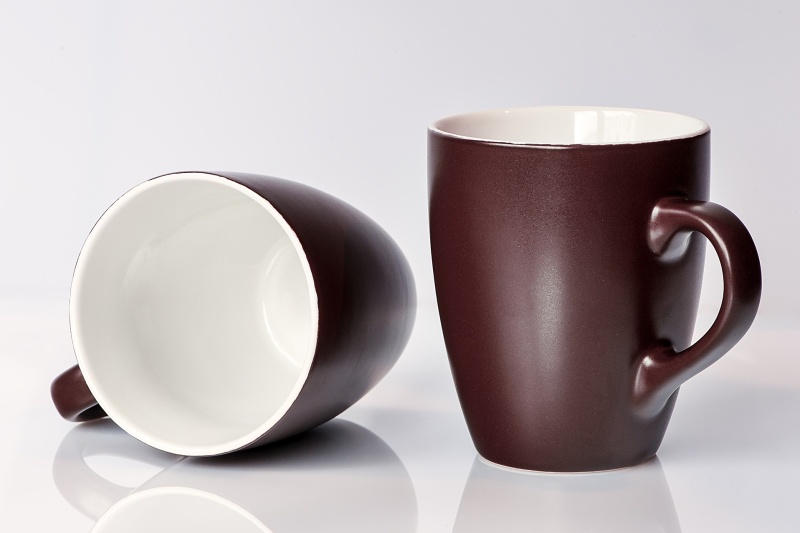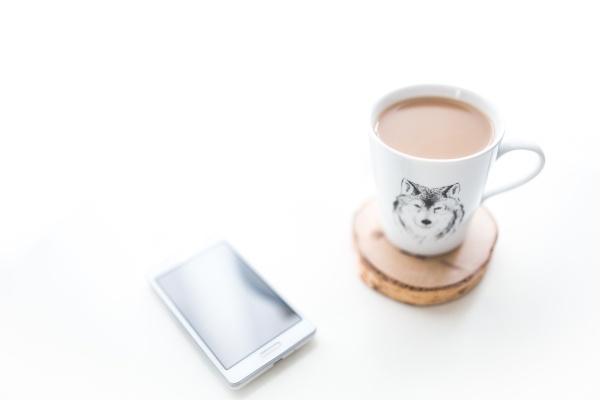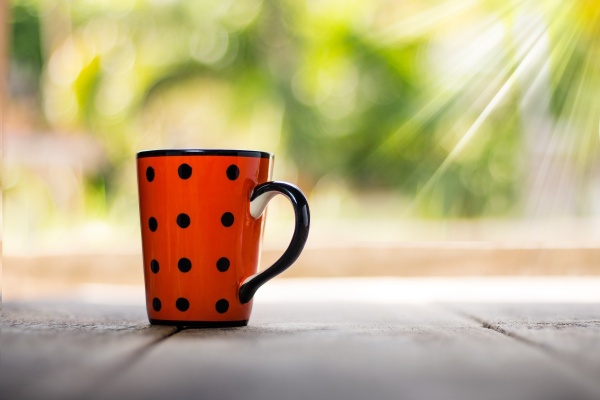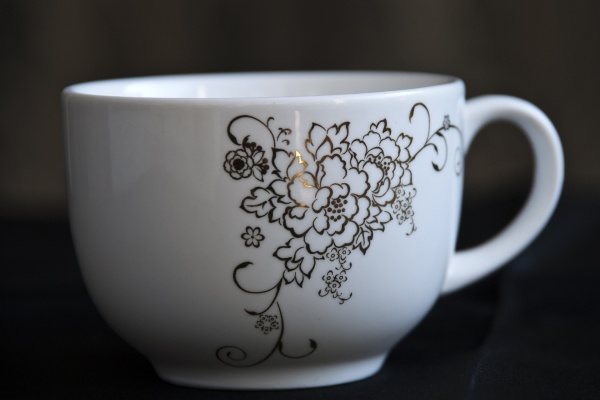How is Porcelain Made?

You may not know it, but that coffee mug you're sipping from right now is made of porcelain. Porcelain is a type of ceramic that's known for being strong and durable. It's also pretty easy to clean, which is why it's often used for dishware. But have you ever wondered how porcelain is made?
Porcelain is a type of ceramic that is made from kaolin and other materials
Porcelain is a type of ceramic that is made from kaolin and other materials. Kaolin is a clay mineral that is mined from deposits around the world. It is then pulverized and mixed with water to form a slurry, which is then shaped and fired in a kiln. The high temperatures reached during firing cause the kaolin to undergo a chemical transformation, resulting in a hard, strong material. Porcelain has many uses, including making dinnerware, tiles, and sculpture.
It is also commonly used in dental crowns and bridges. Because of its strength and smooth surface, porcelain is an ideal material for many applications.
The kaolin is mixed with water and then poured into a mould
The kaolin is mixed with water and then poured into a mould. This mixture is allowed to harden, and the finished product is then removed from the mould. Kaolin is a type of clay that is commonly used in ceramics and other applications where a strong, durable material is required. The kaolin helps to give the finished product a smooth, glossy finish.
The mixture is then fired in a kiln at high temperatures to create porcelain
Porcelain is a type of ceramic that is made by mixing together kaolin and quartz. The mixture is then fired in a kiln at high temperatures, typically between 1200 and 1400 degrees Celsius. This firing process creates a final product that is strong, translucent, and very white in colour.
Porcelain has been used for centuries to make a wide variety of objects, from vases and dishes to statues and jewellery. Today, it remains a popular material for both functional and decorative items. Thanks to its beauty and durability, porcelain is sure to remain a staple of the ceramic world for many years to come.
Porcelain can be used for a variety of purposes, including dinnerware, tiles, and pottery
Porcelain is a type of ceramic that is made from kaolin, a white clay. It is fired at high temperatures, which gives it a hard, glossy surface.
Porcelain is often used to make dinnerware and tiles, as it is both durable and beautiful. It can also be used to make pottery, though it is more challenging to work with than other types of clay.
Porcelain has a long history; it originated in China over 2,000 years ago and was initially only available to the imperial court. Today, porcelain is still prized for its sophisticated aesthetic and its ability to withstand heavy use.
It is known for its strength, durability, and translucence
You might not think of porcelain as being particularly strong or durable, but it actually has a number of properties that make it ideal for many uses.
Porcelain is non-porous, which means it doesn't absorb water or other liquids. This makes it ideal for making dishes and other items that need to be clean and safe for food contact. Porcelain is also used in making tiles and other building materials because of its strength and durability.
So next time you drop your favourite mug, you can rest assured that it's made from a pretty tough material!



